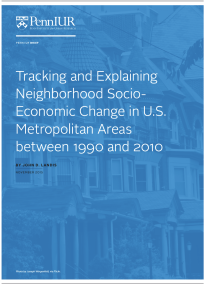Key Message
Neighborhood socio-economic change is a complex and multifaceted process influenced by both metropolitan and local factors. The findings indicate that while upgrading and gentrification occurred, decline was the dominant trend in many metropolitan areas. Planners and policymakers should focus on mitigating decline by promoting stable and diverse neighborhoods through targeted investments and inclusive policies. Strategies to redistribute the benefits of upgrading and protect long-term residents from displacement are crucial for fostering sustainable and equitable urban development. The study underscores the importance of understanding local contexts and dynamics to effectively address the challenges and opportunities presented by neighborhood change.



